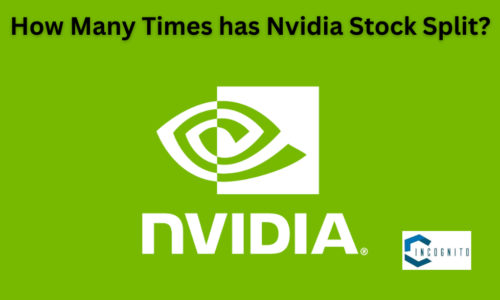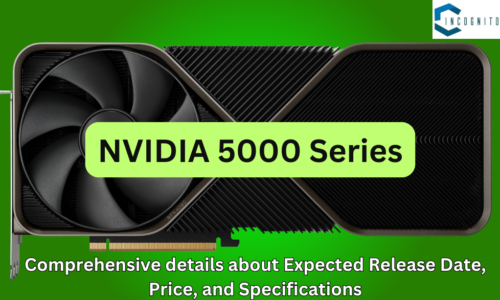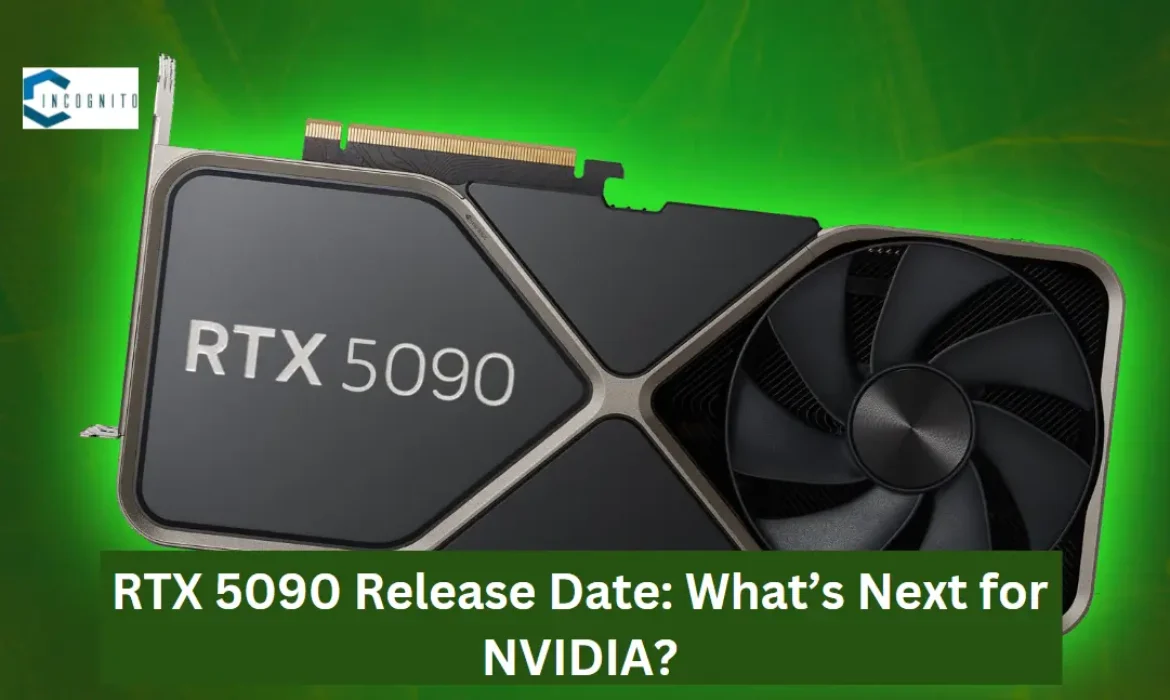
As someone who is very interested in technology and gaming; I find the development rate of graphics processing units quite breathtaking. I will talk in this post about probably the most awaited release in the tech world: the NVIDIA RTX 5090.
Let’s go through what we have so far regarding the RTX 5090, like specifications, performance predictions, expected price, and how it may possibly disrupt the market.
Keep reading, keep learning!

Evolution of NVIDIA Graphics Cards
The Evolution of NVIDIA Graphics Cards
NVIDIA has been dominating the graphics card market for ages and never slowdown in setting the bar higher with every new generation. Its RTX series that introduced real-time ray tracing and AI-enhanced graphics; its competitors are dreaming of such benchmarks up to this day.
The RTX 4090 was a big performance uplift when it came under the Ada Lovelace architecture; now, its successor, the RTX 5090, reportedly part of the Blackwell architecture, is supposed to up things further.
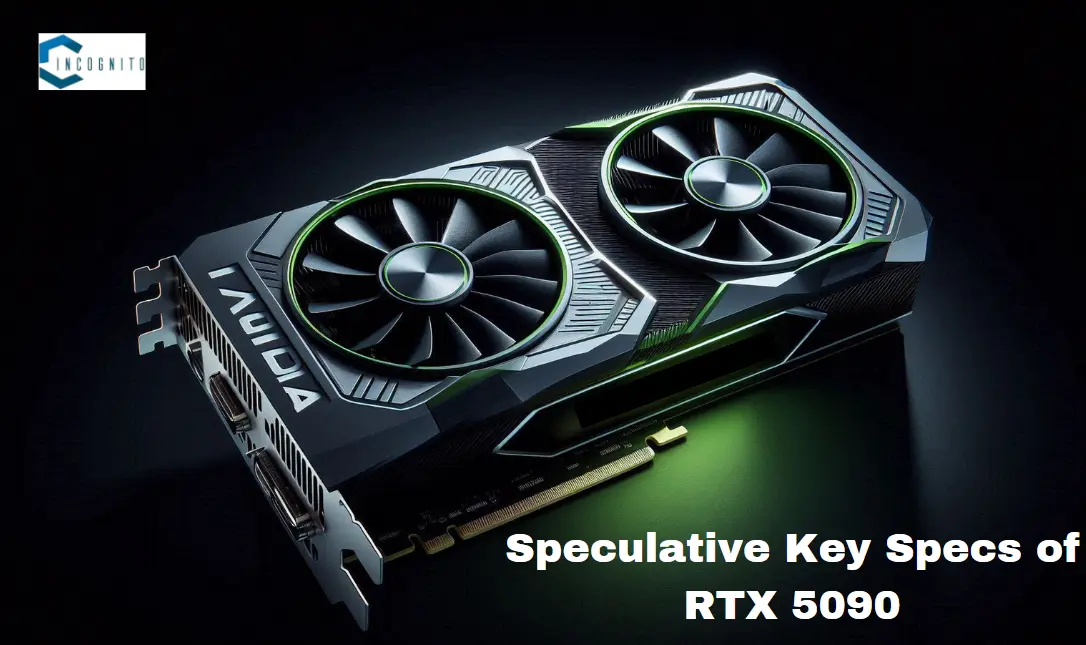
Speculative Key Specs of RTX 5090
Speculative Key Specs of RTX 5090
Of course, that’s before actual specifications come out, but leaks and rumors have at least given us a basic idea of what to expect from the RTX 5090.
Some of the key specifications that have surfaced include:
- Architecture: The RTX 5090 will reportedly be based on a new architecture, Blackwell, that significantly propels performance and efficiency further from the last generation.
- CUDA Cores: The RTX 5090 is assumed to have up to 24,576 CUDA cores, which is a significant numerical increase from the 16,384 CUDA cores equipped in RTX 4090. This increases the parallel processing capability of the card allowing it to handle more demanding tasks.
- Memory Configuration: The RTX 5090 is rumored to come with 28 GB of GDDR7 memory which will be faster compared to the GDDR6X that the RTX 4090 uses. Moreover, it could also sport a 512-bit wide memory bus to drastically augment memory bandwidth.
- Clock Speeds: Base clock speed is expected to be around 2.9 GHz, and boost clock speeds could be as high as above 3 GHz. This increased rate of clocks should result in significant clear performance difference within gaming, in addition to rendering duties.
- Power Consumption: The thermal design power for the RTX 5090 is around at 500W, so it’ll need a robust power supply.
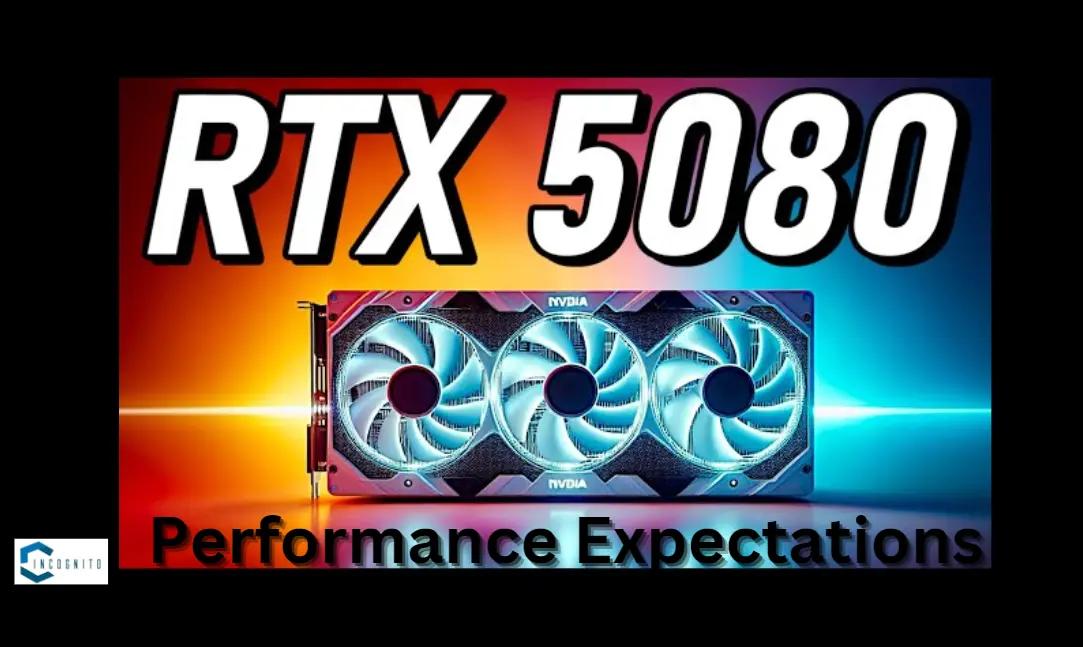
Performance Expectations
Performance Expectations
The performance should be phenomenal in the case of the RTX 5090. If various leaks are to be believed, it could be as high as 70 percent faster than the RTX 4090 in rasterization and ray tracing. This would allow, with this vast improvement in performance, for ultra-smooth 4K gameplay to be enjoyed by gamers, making it extremely interesting for more casual gamers and professional sport gamers.
The RTX 5090 is likely to feature the following top-of-the-line technologies:
- DLSS 4: The next version of the NVIDIA deep learning super sampling technology that speeds up performance and uses AI to raise a lower-resolution image to a higher one without compromising quality
- Enhanced: With an escalated ray tracing core, the RTX 5090 features lifelike lighting, shadows, and reflections.
Expected Release Date
Although no official launch date for the RTX 5090 has been communicated by NVIDIA; it is said to take place somewhere around the late part of 2024 or early 2025. The launch time will depend on the market conditions and production capability. Probably the announcement will happen at CES 2025, and then it will start coming out not long after that.
Related: NVIDIA 5000 Series Expected Release Date
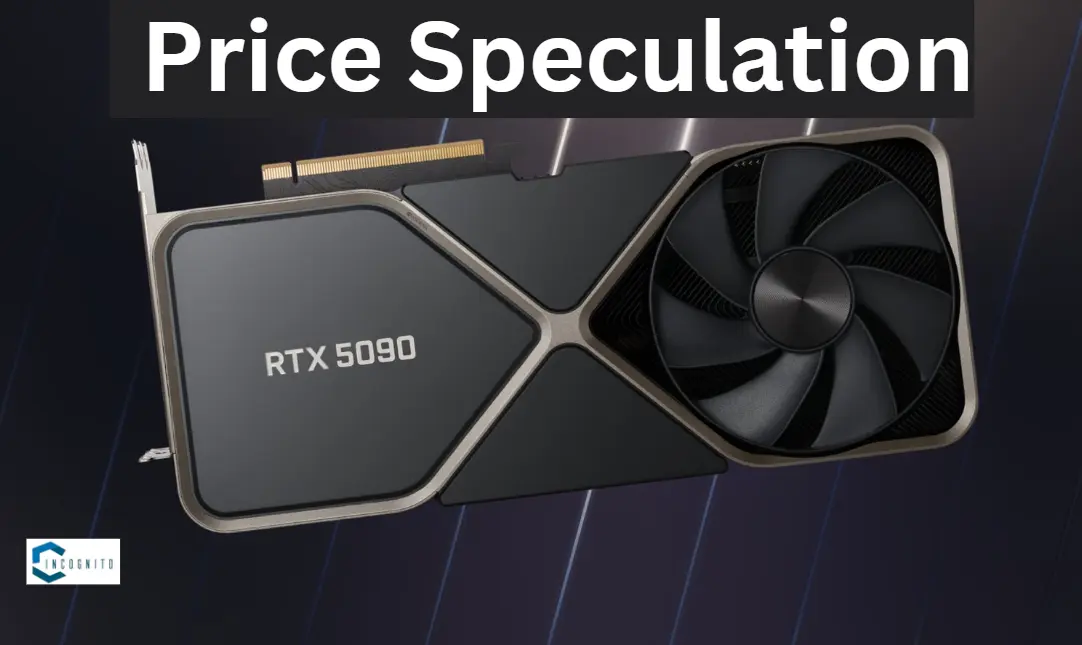
Price Speculation
Price Speculation
While the official pricing of the RTX 5090 is yet to be confirmed, the speculative price is an MSRP of $1,699. This more or less maintains the usual policy of positioning the most important top-of-the-line GPUs at quite high price levels.
Also read: How Many Times has Nvidia Stock Split?
FAQs
Q1. What is the expected release date for the RTX 5090?
- The Nvidia RTX 5090 will allegedly hit the shelves early in 2025, although rumors indicate that the company might only tease the piece of hardware at CES 2025 in January before hitting store shelves shortly thereafter45 .
Q2. What are the key specifications of the RTX 5090?
- CUDA Cores: Around 21,760
- RT Cores: 170
- Memory: 32 GB GDDR7
- Memory Interface: 512-bit
- Boost Clock Speed: Estimated up to 2.9 GHz
- Power Consumption: Expected to be around 600W, requiring a robust power supply123.
Q3. What architecture does the RTX 5090 use?
- The RTX 5090 will reportedly rely on Nvidia’s fresh Blackwell architecture that supposedly promises huge performance bumps relative to current and old generations, particularly in ray tracing and other AI-computing applications in particular45.
Conclusion
For the gamers who are looking toward the future, the RTX 5090 is what comes next. As we find our way around with the changing milieu of gaming and graphics, it is pretty obvious that NVIDIA is in the lead when it comes to innovation. Like the RTX 5090 itself, it’s not a component but a portal to the future, an escape that teases the upcoming redefinition of what we expect from our digital worlds.
Gamers and professionals who deal with high-performance computing in every corner of the industry would perhaps find the investment worth it if they can reap the benefits.

